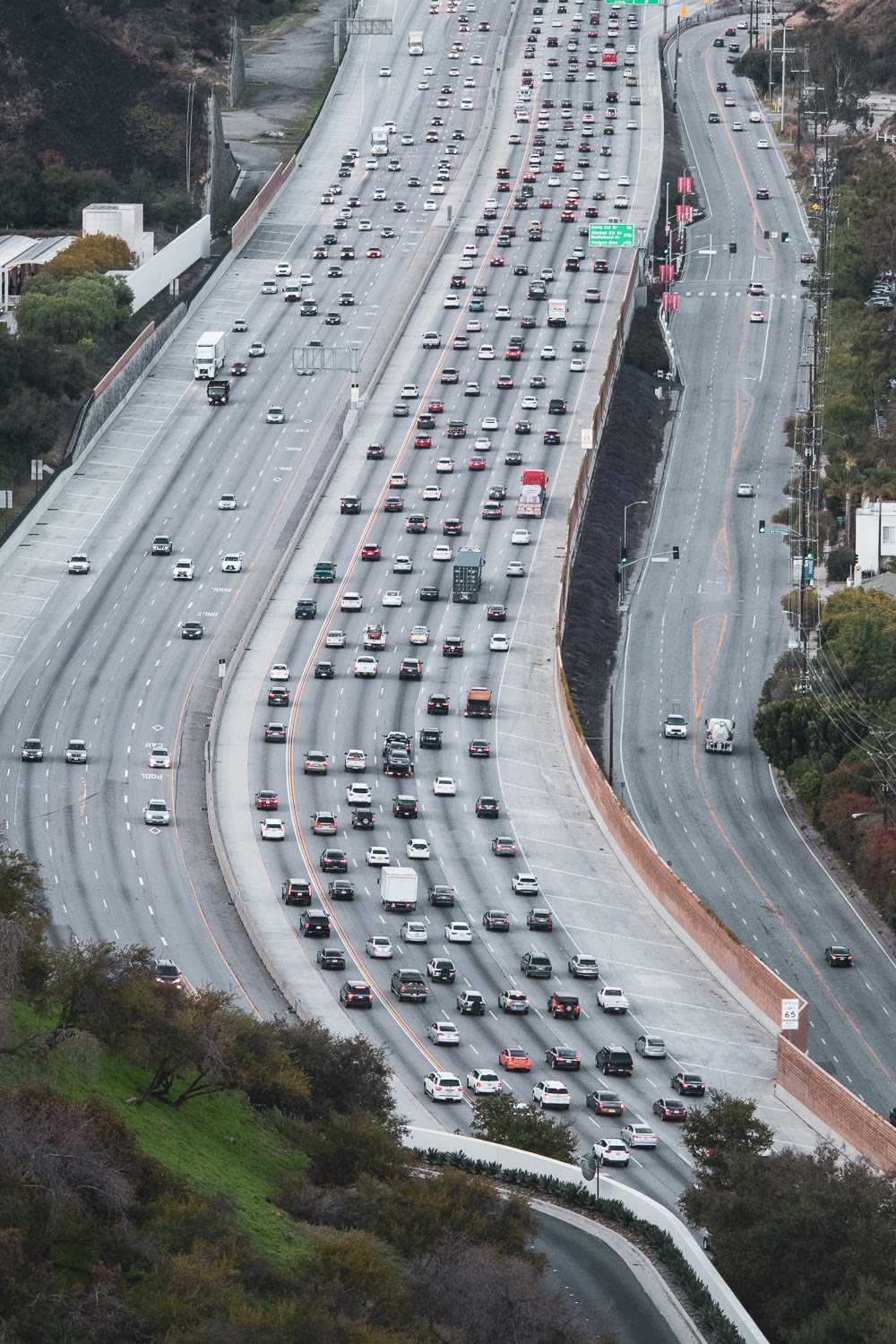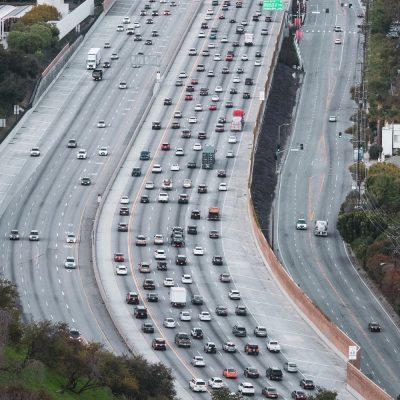
Accidents Involving Pedestrians or Cyclists on or Near I-81 Interchanges


Interstate 81 serves as a critical freight and commuter corridor through Appalachia and the Mid-Atlantic. Yet along its sprawling route, a lesser-known danger persists: collisions involving people on foot or on bicycles near highway interchanges. These areas often lack the infrastructure to safely accommodate anyone not behind the wheel. The result has been a troubling rise in I-81 pedestrian crashes and cyclist accidents near interchanges, highlighting an urgent need for better design, enforcement, and public awareness.
Where the Danger Lies
Interchanges act as convergence points—where high-speed interstate traffic meets local roads, businesses, and residential areas. On I-81, many of these junctions lie near gas stations, shopping centers, or public transit stops, creating regular foot and bike activity. Unfortunately, most of these areas were never engineered for safe pedestrian or cyclist passage.
Narrow shoulders, lack of crosswalks, and poor lighting make even short crossings hazardous. Drivers exiting or entering I-81 often accelerate or decelerate rapidly, with little expectation that someone might be walking or cycling nearby. For cyclists, uneven pavement and gravel accumulation on ramps pose additional risks. When these conditions combine with limited visibility or distracted driving, the results can be deadly.
The Scope of the Problem
Local crash data along I-81 corridors tell a clear story: pedestrians and cyclists face growing risk near interchange zones. According to the Federal Highway Administration (FHWA), pedestrian fatalities on high-speed arterials have increased steadily in the past decade, and areas around highway ramps account for a significant share.
These tragedies frequently involve out-of-vehicle interactions—drivers who stop on the shoulder, individuals crossing to nearby businesses, or cyclists navigating local roads that intersect or parallel the interstate. The danger escalates at night or during poor weather, when visibility is compromised and reaction times shrink.
A recent review of news and transportation reports across Virginia and Pennsylvania found multiple cyclist accidents on I-81 and near its crossings in just the past two years. In most cases, visibility, narrow shoulders, and driver inattention were cited as contributing factors.
Factors That Amplify Risk
Several recurring conditions make pedestrian and cyclist crashes near I-81 especially severe:
- Speed differential. Vehicles exiting I-81 often transition abruptly from 70 mph to 40 mph or less, leaving little time to spot or react to someone crossing nearby.
- Lighting deficiencies. Many interchanges remain poorly illuminated, especially in rural areas where streetlights are sparse.
- Lack of sidewalks and crosswalks. Few interchange designs incorporate pedestrian-safe routes, forcing people onto shoulders or grass embankments.
- Distraction and fatigue. Long-haul drivers or commuters may be looking for exits, GPS directions, or rest areas, diverting their attention from their surroundings.
Together, these elements create environments where non-motorists are almost invisible until it’s too late.
Recent Incidents Near I-81
Reports from state police and local agencies along the corridor reveal a disturbing pattern of fatal and serious-injury crashes involving pedestrians and cyclists. In Pennsylvania, for example, a cyclist was critically injured on a service road parallel to I-81 when a merging driver failed to yield.
This case illustrates a shared problem: interchanges are built for vehicle throughput, not multimodal access. As nearby commercial development expands, foot and bike traffic inevitably grows, putting more people in harm’s way.
Infrastructure and Policy Solutions
Improving interchange safety requires both design upgrades and legislative support. Some effective measures include:
- Adding pedestrian refuge islands and crosswalks at intersections where ramps meet surface roads, ensuring safer crossing points.
- Installing protected bike lanes or shared-use paths that allow cyclists to bypass high-speed merge zones.
- Enhancing lighting and signage to alert drivers of potential pedestrian activity, especially near gas stations, hotels, or transit stops.
- Implementing lower speed limits within ramp zones that connect directly to populated areas.
- Expanding public awareness campaigns about the presence of pedestrians and cyclists near interchanges.
States such as Virginia and Tennessee have already begun evaluating interchange modernization projects to include multimodal considerations—a promising step toward reducing fatalities along I-81.
Steps for Pedestrian and Cyclist Safety
Until infrastructure catches up, pedestrians and cyclists can reduce risk by planning routes carefully and using extreme caution near interchange areas. When walking, choose the farthest possible distance from the roadway and avoid crossings during low light or heavy traffic. Cyclists should use bright, reflective clothing and front and rear lights even during daylight hours. Maintaining predictable movement patterns also helps drivers anticipate your actions.
If conditions appear unsafe, consider alternate routes using overpasses, frontage roads, or designated local paths whenever available.
What to Do After an Accident Near I-81
Collisions involving pedestrians or cyclists near I-81 are often catastrophic. If an accident occurs, the priority is safety—move out of the roadway if possible and call 911 immediately. Emergency responders can secure the scene and prevent secondary collisions, which are common along high-speed interchanges.
Document the environment carefully, including road markings, signage, lighting conditions, and nearby traffic controls. These details often determine liability in later investigations. Medical attention should follow right away, even for seemingly minor injuries, as shock and adrenaline can mask internal trauma.
Because crashes near interstate ramps may involve multiple jurisdictions or agencies, it’s important to obtain all reports and witness information while the scene is fresh.
Legal Guidance After an I-81 Pedestrian or Cyclist Accident
Cases involving I-81 pedestrian crashes or cyclist accidents near interchanges often require detailed reconstruction and coordination with local authorities. Liability can involve not only the driver but also state or municipal agencies responsible for roadway design and maintenance. Victims and families may face steep medical bills, long recoveries, and complex insurance processes.
An experienced attorney who understands interchange safety and high-speed corridor design can help determine responsibility and pursue compensation. Evidence such as surveillance footage, lighting surveys, and crash reports can all play key roles in building a strong case.
If you or someone you love has been injured as a pedestrian or cyclist near I-81, help is available. We can put you in touch with an I-81 Personal Injury Attorney who has the experience and resources to handle complex interstate-related claims and fight for your recovery.

